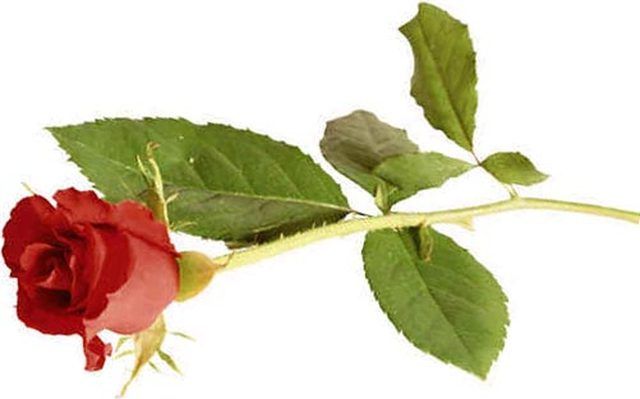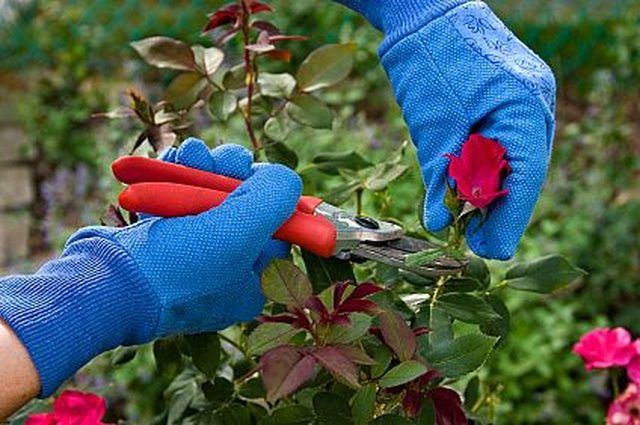Bulbs
Flower Basics
Flower Beds & Specialty Gardens
Flower Garden
Garden Furniture
Garden Gnomes
Garden Seeds
Garden Sheds
Garden Statues
Garden Tools & Supplies
Gardening Basics
Green & Organic
Groundcovers & Vines
Growing Annuals
Growing Basil
Growing Beans
Growing Berries
Growing Blueberries
Growing Cactus
Growing Corn
Growing Cotton
Growing Edibles
Growing Flowers
Growing Garlic
Growing Grapes
Growing Grass
Growing Herbs
Growing Jasmine
Growing Mint
Growing Mushrooms
Orchids
Growing Peanuts
Growing Perennials
Growing Plants
Growing Rosemary
Growing Roses
Growing Strawberries
Growing Sunflowers
Growing Thyme
Growing Tomatoes
Growing Tulips
Growing Vegetables
Herb Basics
Herb Garden
Indoor Growing
Landscaping Basics
Landscaping Patios
Landscaping Plants
Landscaping Shrubs
Landscaping Trees
Landscaping Walks & Pathways
Lawn Basics
Lawn Maintenance
Lawn Mowers
Lawn Ornaments
Lawn Planting
Lawn Tools
Outdoor Growing
Overall Landscape Planning
Pests, Weeds & Problems
Plant Basics
Rock Garden
Rose Garden
Shrubs
Soil
Specialty Gardens
Trees
Vegetable Garden
Yard Maintenance
How to Grow Thick Rose Bushes
How to Grow Thick Rose Bushes. Roses are beautiful in the yard, in a vase and in potpourri. Their lovely smell and classic shape and bloom evoke romantic memories in the most hardened of hearts and they are relatively easy to plant and care for. However, by taking just a few extra minutes when caring for your roses, you can significantly increase...

Roses are beautiful in the yard, in a vase and in potpourri. Their lovely smell and classic shape and bloom evoke romantic memories in the most hardened of hearts and they are relatively easy to plant and care for. However, by taking just a few extra minutes when caring for your roses, you can significantly increase the number and duration of blooms and the thickness of the bushes. These simple steps can be worked into your regular planting and gardening routine without adding a lot of time or effort, and the results can be truly breathtaking
Things You'll Need
Pruning shears
Some hair from your hairbrush
Peat moss or compost
Make sure the spot has plenty of sunlight. Roses need 6 hours of sunlight a day. If at all possible you should make sure that the bushes get morning sunlight instead of afternoon sunlight, since morning sunlight dries dew more quickly and can help prevent disease. Watch the light patterns in your yard before planting rose bushes to be sure that they will get the proper amount and the best kind of light.
Prepare the soil before you plant the roses. Rose bushes are hardy plants, but by giving them a little boost when you first place them in the ground, you are setting the stage for vibrant, healthy bushes and blooms. Cover the bottom of the hole that you are planting the rose bush in with a layer of hair collected from your household hairbrushes, then add a layer of peat moss or compost. This will give the newly moved plant an extra advantage as it begins its new life in your yard.
Prune at the proper time. Roses should not be pruned when the nights are still cold. If a rose bush will be exposed to freezing temperatures at any point in the day or night, resist pruning until the weather is more temperate. A good indication that it is okay to think about pruning is when you start to see new growth appear on the bush. When this happens, as soon as the weather is warm enough you can get rid of the dead wood to make room for the new blooms.
Prune outward facing buds at a 45-degree angle. This will help the bush heal and also gives it a fuller appearance as more blooms and shoots move in to take the pruned buds place. Never cut further back more than 1/4 inch above the bud and always leave at least two healthy, five-leaflet leaves on the stem to help the plant stay strong.

Thin your roses regularly. By removing dead or dying blooms and shoots that appear to be sickly, you allow the bush to grow at a faster, healthier rate.
Tips & Warnings
If you choose to use plant food for your roses, make sure it contains nitrogen, sodium phosphorous and potash.